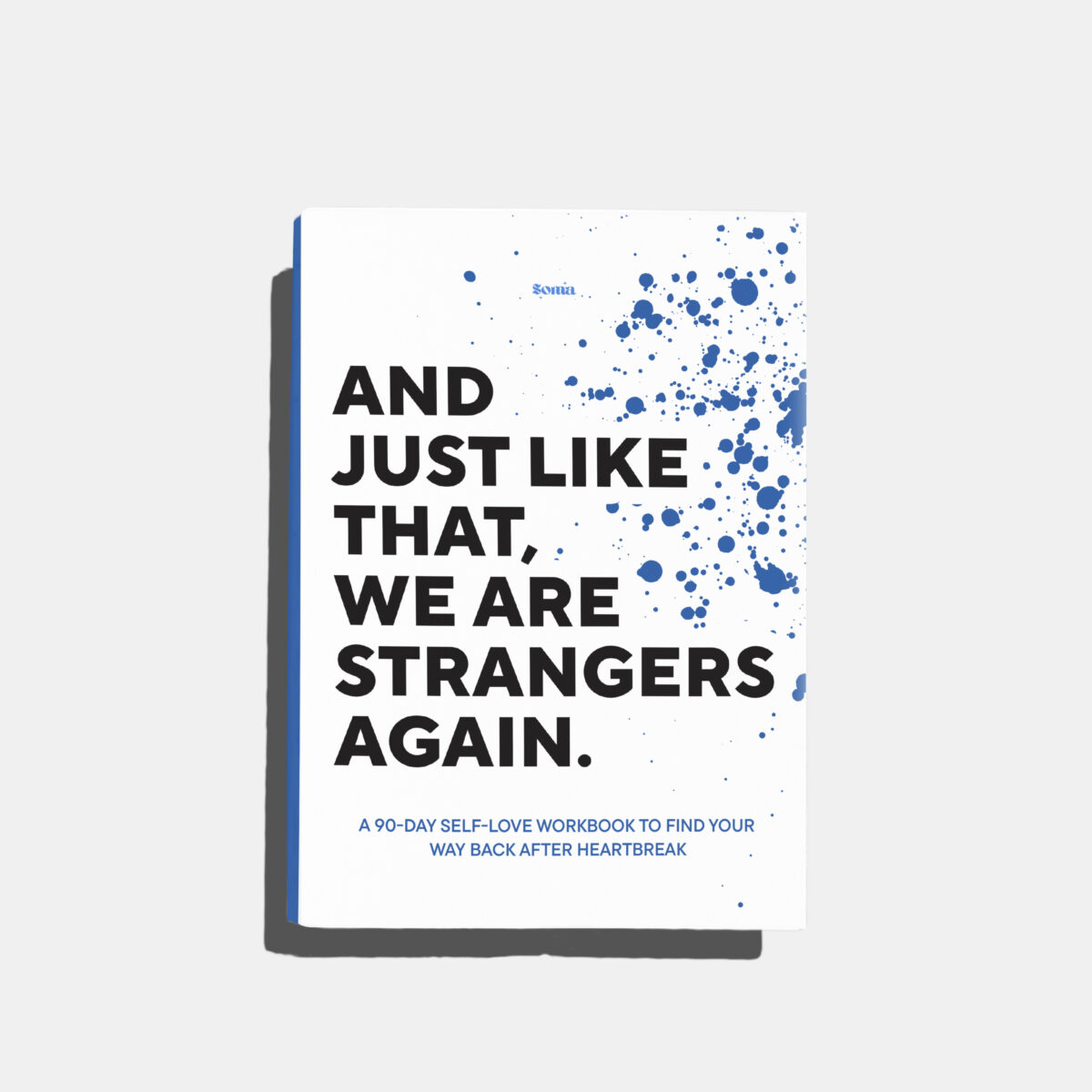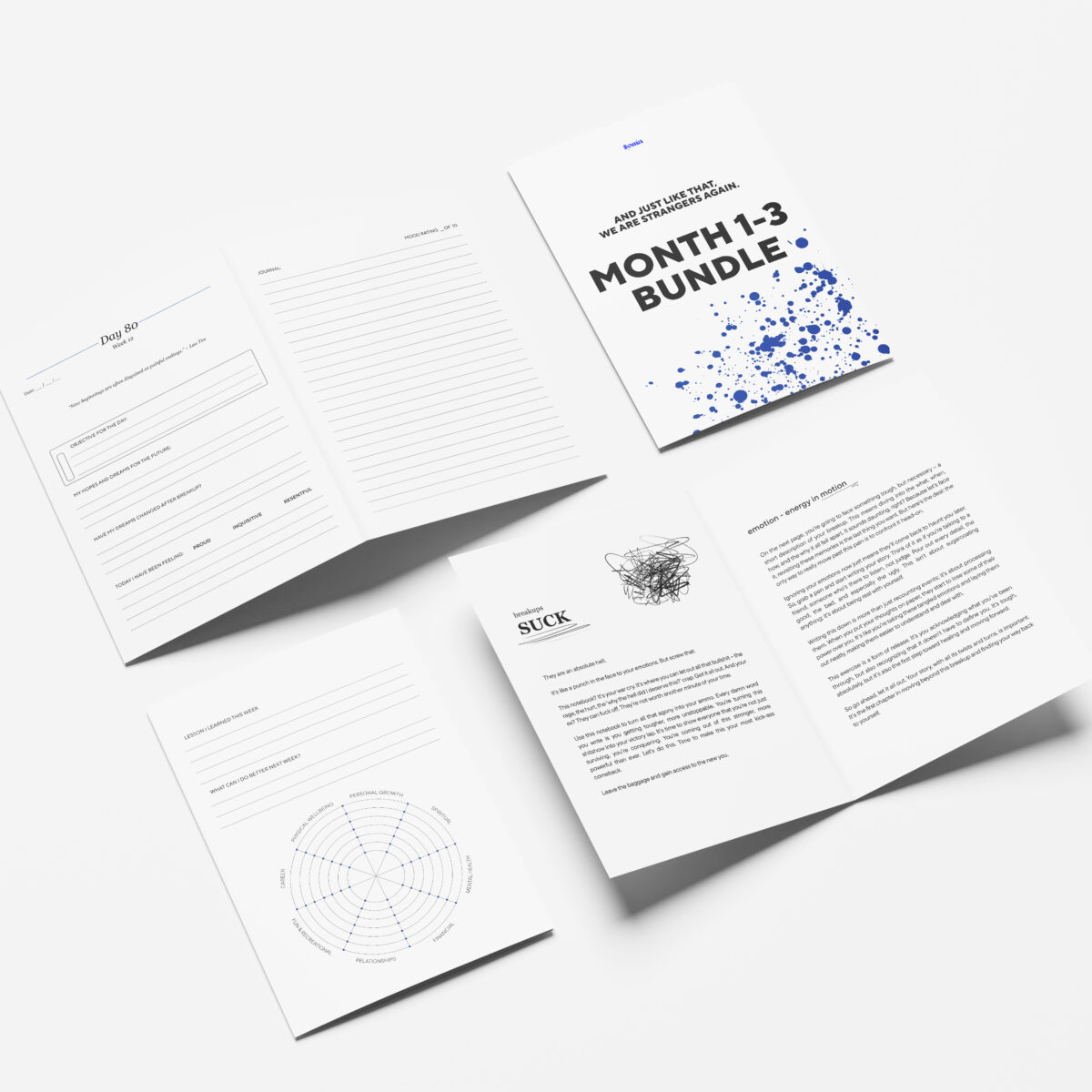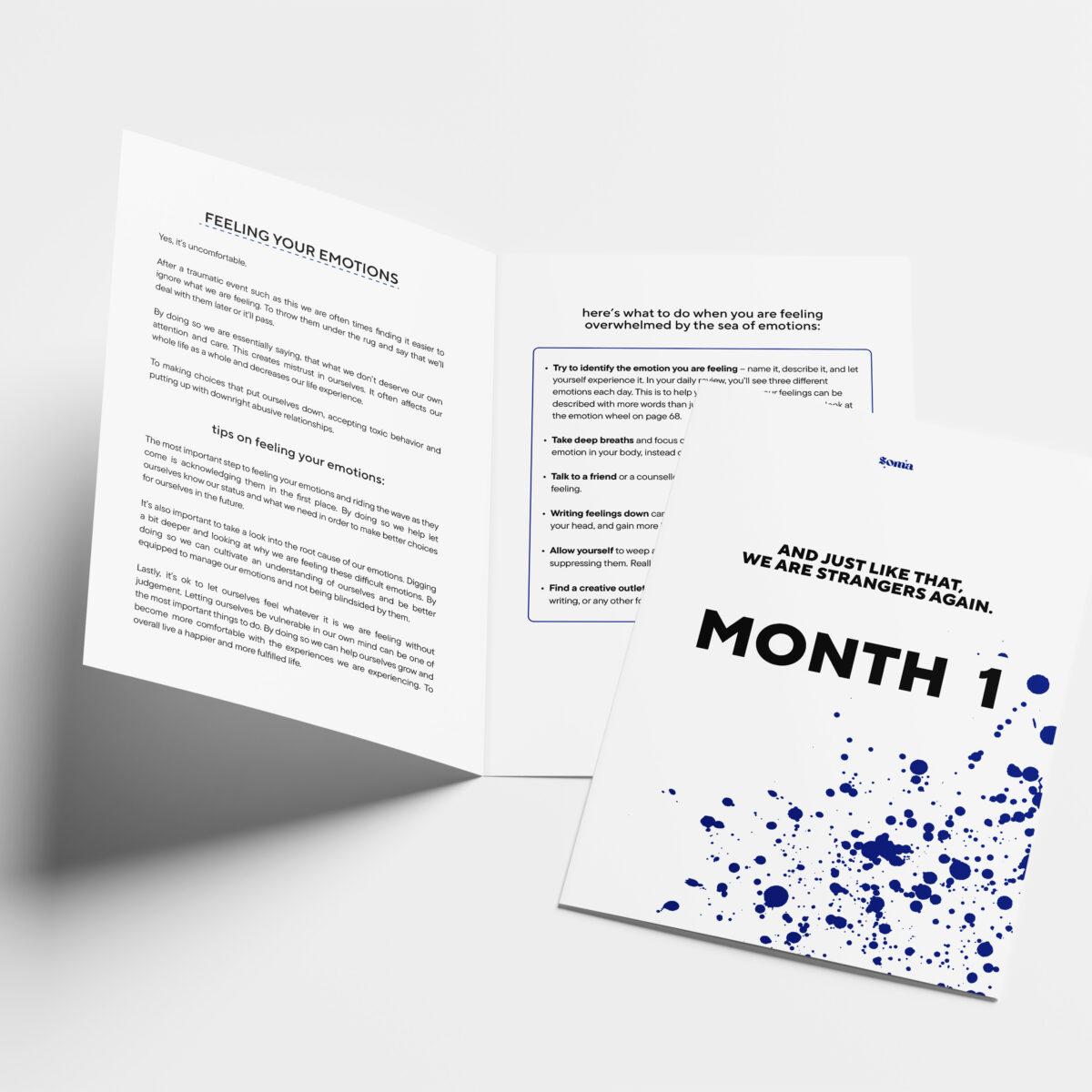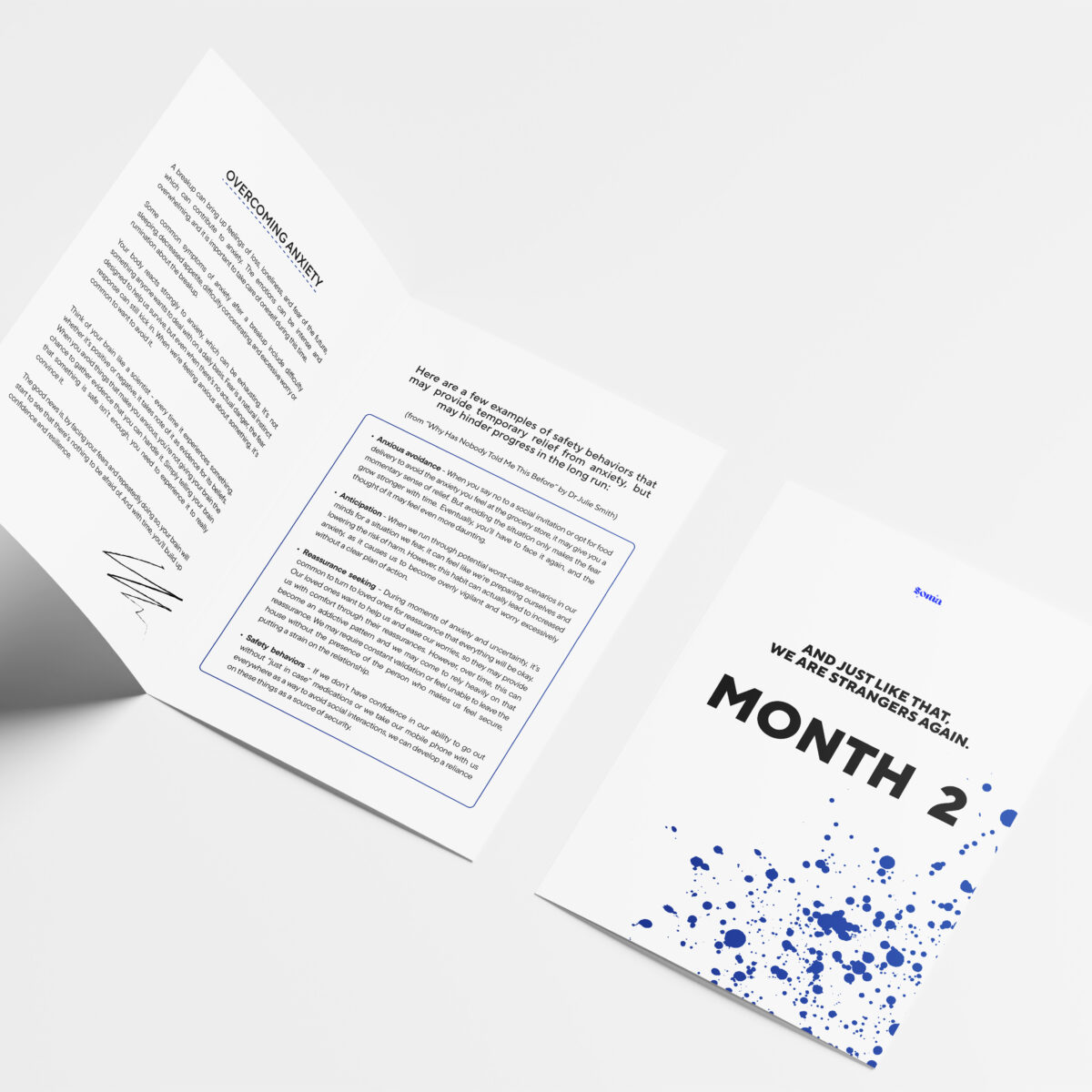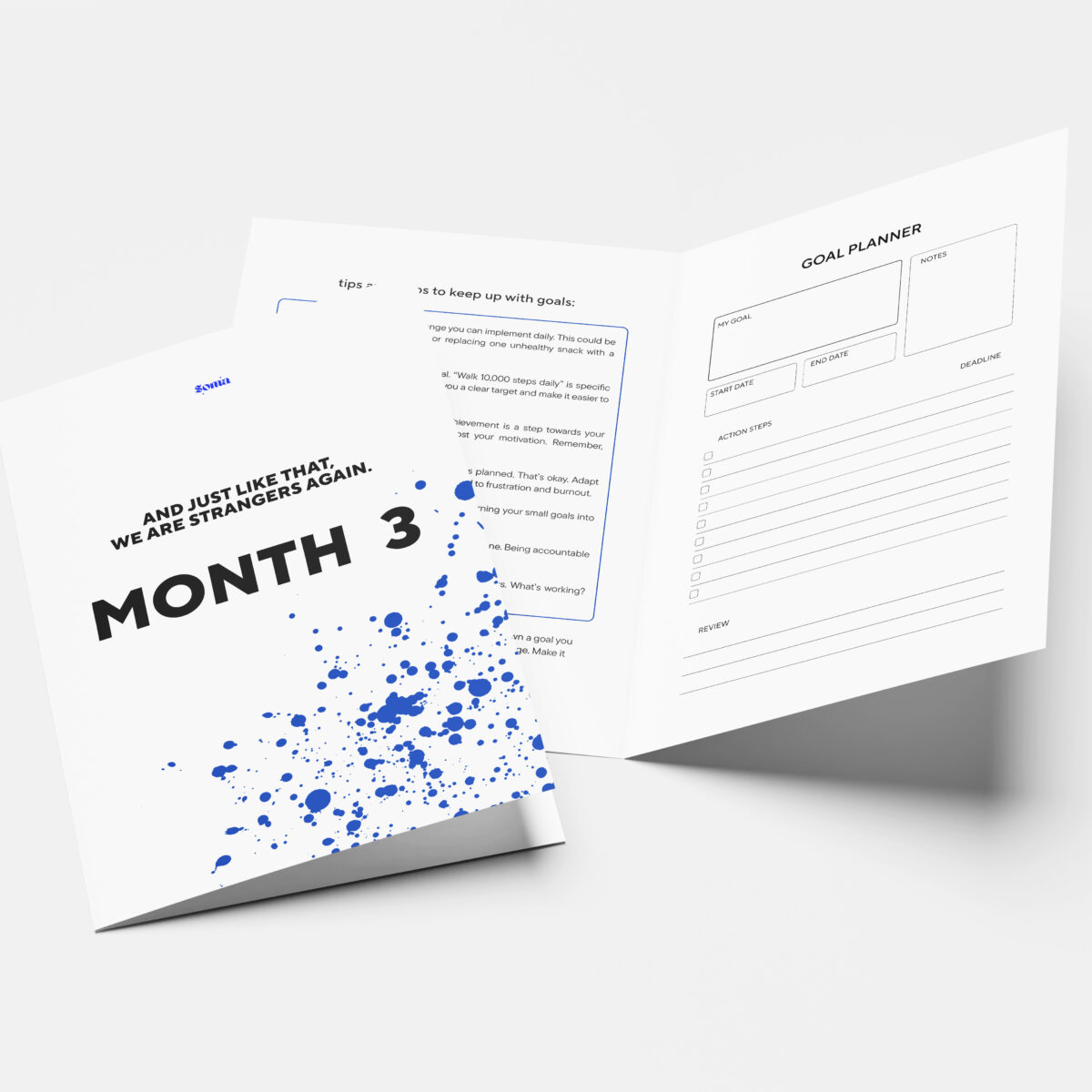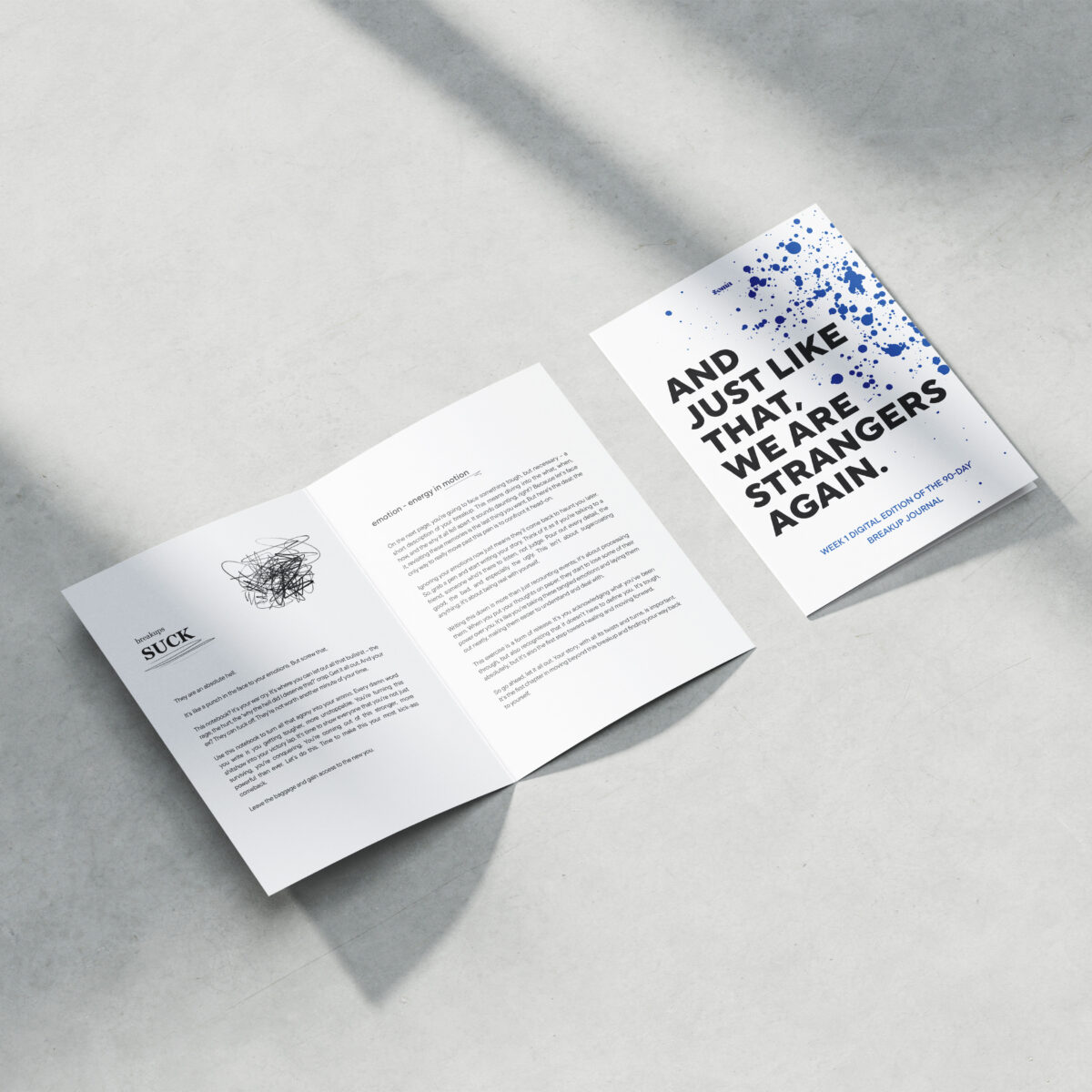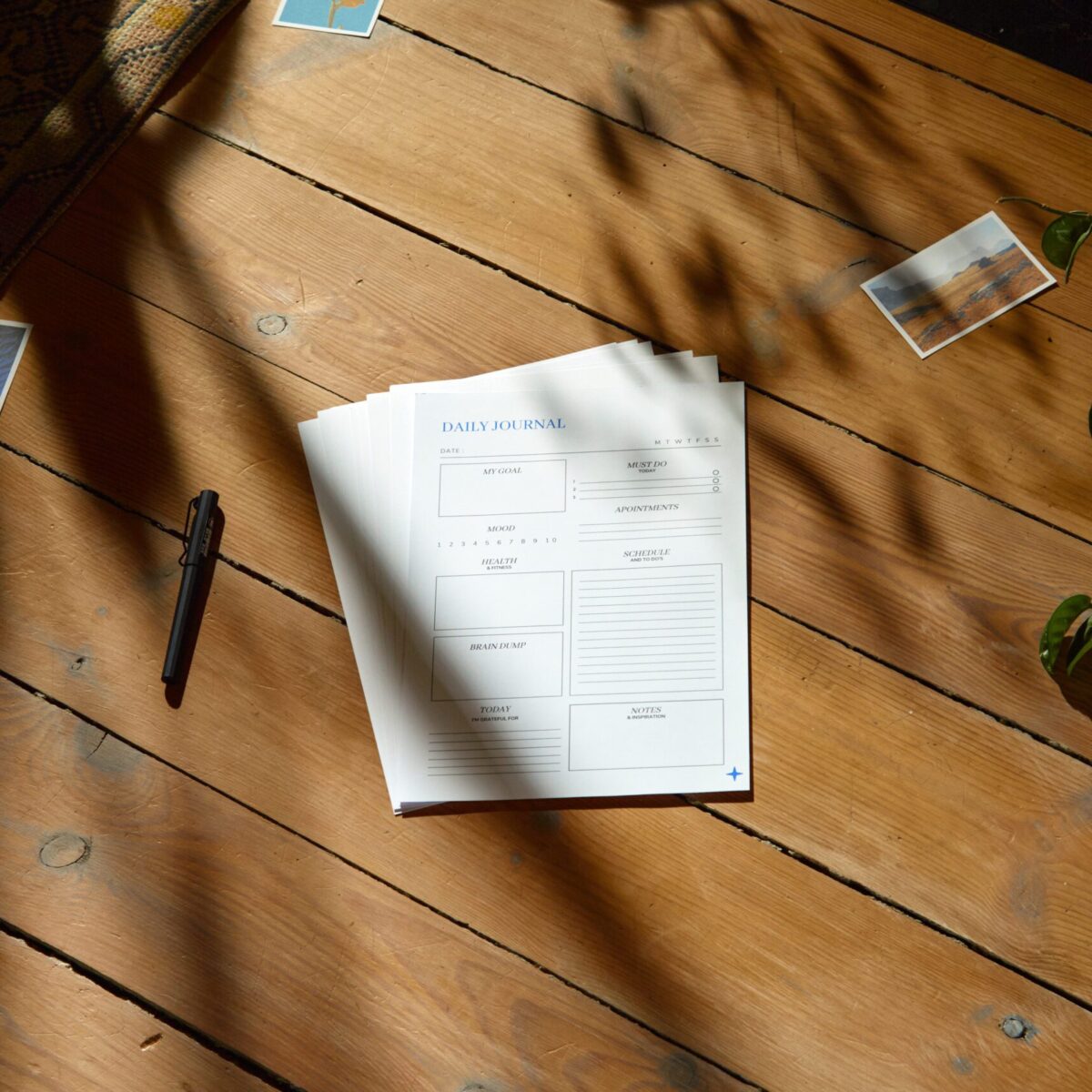
Let’s face it: if you have an anxious attachment style, you’ve been living on an emotional rollercoaster for too long. You crave love but always feel like it’s slipping through your fingers. You obsess over texts, overthink every look, and panic at the slightest hint of distance from your partner. Sound familiar?
Well, I’m here to tell you that your anxious attachment is NOT a life sentence. You can break free from this self-sabotaging cycle and build a healthier, more secure relationship. But it’s not going to happen just by finding someone to “love you enough.” You have to heal yourself first.
If you’re ready to stop clinging to partners out of fear and start building relationships that don’t feel like emotional landmines, here’s a no-BS 3-step guide to healing your anxious attachment. Let’s dive in.
Step 1: Face Your Fear of Being Alone
Your anxious attachment is fueled by your fear of being alone. You hate the idea of being by yourself because somewhere along the line, you decided that being single means you’re unworthy of love. And when you’re in a relationship, that same fear of abandonment keeps you constantly on edge.
Reality check: You need to learn how to be alone and not just survive it—thrive in it. Why? Because if you can’t handle being on your own, you’re always going to rely on someone else to give you a sense of self-worth. And guess what? That’s not their job.
The Science Behind It
Attachment theory explains that anxious attachment develops when your early caregivers were inconsistent in meeting your emotional needs. Sometimes they were there, other times they weren’t, leaving you always on alert. You became wired to believe love is unstable and can disappear any moment. That’s why you fear being alone – it reminds you of the times when you didn’t feel safe emotionally as a child.
How to Get Comfortable Being Alone
- Spend intentional time by yourself: Schedule alone time, not as punishment, but as self-investment. Do things that make you happy – whether it’s reading, cooking, or going for a walk. This will remind you that your happiness doesn’t depend on someone else’s presence.
- Challenge your fear: Every time you feel anxious about being alone, challenge the thought. Ask yourself, What’s the worst that can happen if I’m single? Well, you’ll be just fine.
- Cut out toxic relationships: Being alone is better than being in a relationship that feeds your anxiety. If you’re with someone who makes you feel insecure or constantly guessing, they are part of the problem. Leave. Period.
Healing starts when you stop fearing solitude and start seeing it as a time to reconnect with yourself. The more comfortable you are being alone, the less you’ll cling to people out of fear.
Step 2: Build Emotional Independence
Let me ask you something: do you rely on your partner to calm your anxieties, make you feel good about yourself, and give you a sense of purpose? If you said yes, you’ve got an emotional dependency problem, and that’s a huge part of why your relationships feel unstable.
Anxiously attached people often make their partner the center of their universe. They stop nurturing their own interests, and their emotional stability becomes entirely dependent on the other person. This is why every small fight or silent treatment feels like the end of the world. It’s time to break that habit.
Emotional independence means being able to regulate your own emotions without needing someone else to constantly validate or soothe you. According to psychologist Dr. Amir Levine, anxious attachment can lead to emotional enmeshment, where your emotional well-being becomes tied to the presence or actions of your partner. This creates pressure and tension in relationships.
How to Build Emotional Independence
- Learn self-soothing techniques: Next time you feel anxious or insecure, instead of firing off a needy text or over-analyzing your partner’s behavior, take a step back. Breathe. Practice self-soothing techniques like deep breathing, meditation, or journaling to calm yourself down. The goal is to prove to yourself that you can handle your emotions.
- Reconnect with your passions: Anxiously attached people often lose themselves in relationships. They become consumed by their partner’s life, interests, and opinions. To build independence, start doing things for you. Pursue hobbies, hang out with friends, and do things that make you feel fulfilled outside the relationship.
- Set boundaries: Start setting emotional boundaries with your partner. This doesn’t mean shutting them out – it means protecting your emotional energy. Stop relying on them to fix your anxieties or be your emotional crutch.
The more emotionally independent you become, the less power your anxious attachment will have over you. You’ll start making decisions based on what’s best for you, not out of fear of losing someone.

Step 3: Communicate Like a Damn Adult
Here’s the thing about anxious attachment: it often makes you a terrible communicator. You’re either passive-aggressive, dropping hints and hoping your partner reads your mind, or you’re overwhelming, constantly demanding reassurance in a way that pushes them away.
If you want to heal your anxious attachment, you need to start communicating like a grown-up. And no, that doesn’t mean sending a thousand texts to check if they still love you. It means being clear, direct, and honest without expecting your partner to magically solve your emotional mess.
Why Communication Matters
Dr. Sue Johnson, the founder of Emotionally Focused Therapy (EFT), explains that effective communication is key to building secure attachments. When anxiously attached individuals communicate their needs in a chaotic or manipulative way, it creates insecurity and tension in relationships. On the other hand, open, honest communication fosters trust and connection.
How to Communicate Clearly and Confidently
- Say what you actually mean: Stop with the games. If you feel insecure, say so. If you need something from your partner, ask for it clearly instead of testing them. For example, instead of saying, “You never care about me,” say, “I’m feeling a little disconnected and would love some quality time.”
- Use “I” statements: No one likes to feel blamed or attacked. Start your conversations with “I feel” rather than “You always” or “You never.” Example: “I feel anxious when we don’t talk for days. Can we work on better communication?”
- Don’t make your partner responsible for your feelings: Remember, your partner isn’t your emotional punching bag. They can support you, but they aren’t responsible for managing your anxiety or insecurity. Take ownership of your emotions and communicate from a place of vulnerability, not panic.
Clear communication is the foundation of a healthy relationship. Stop assuming your partner should read your mind, and start speaking up for yourself in a way that invites connection, not conflict.
Healing from an anxious attachment style is about becoming the kind of person who can thrive in a healthy relationship. It requires you to confront your deepest fears, build emotional independence, and learn how to communicate like a grown-up.
The truth is, your anxious attachment is rooted in your own insecurities, not your partner’s actions. The only way out is through: face your fear of being alone, build your emotional resilience, and learn how to express your needs without clinging to others for validation.
You deserve love, but not at the cost of your own emotional health. Follow these three steps, and watch how not only your relationships transform, but also your relationship with yourself. The only question is: are you ready to do the work?
START YOUR JOURNEY FOR FREE
Start your journey now and end the heartache.
If you need daily support to work though your attachment style, check out our breakup journal!

